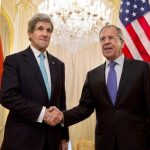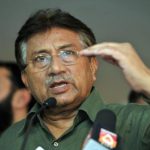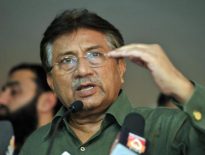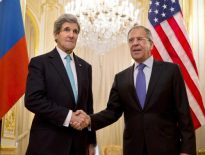(Reuters) – North Korea fired more than 100 artillery rounds into South Korean waters as part of a drill on Monday, prompting the South to fire back, officials in Seoul said, but the exercise appeared to be more saber rattling from Pyongyang rather than the start of a military standoff.
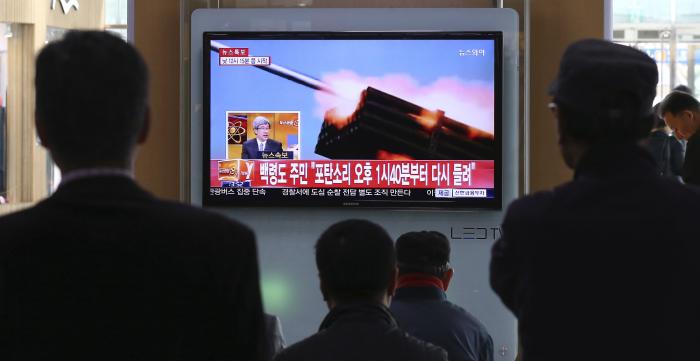
The North had flagged its intentions to conduct the exercise in response to U.N. condemnation of last week’s missile launches by Pyongyang and against what it says are threatening military drills in the South by U.S. forces.
North Korea also accused the South of gangster-like behavior at the weekend by abducting one of its fishing boats and threatened to retaliate. The South said it had sent the boat back after it drifted into its waters.
More than 100 North Korean shells out of 500 or so fired landed in South Korean waters, prompting marines from the South to fire back with more than 300 rounds in the North’s waters, defense officials in Seoul said.
Seoul also scrambled F-15s on its side of the maritime border, they said.
We believe the North’s maritime firing is a planned provocation and an attempt to test our military’s determination to defend the Northern Limit Line and to get an upper hand in South-North relations, South Korean Defence Ministry spokesman Kim Min-seok said.
The Northern Limit Line, a maritime border that wraps itself round a part of the North’s coastline, has been the scene of frequent clashes and in 2010, four people were killed when North Korea shelled the South Korean island of Yeonpyeong.
It’s up to the two militaries either to recognize or reject their own claimed line, and challenge the other’s – this goes back and forth, so this is probably another episode of that, said Daniel Pinkston of the International Crisis Group.
Earlier in 2010, a South Korean naval vessel was sunk close to the line by what an international commission said was a North Korean torpedo, although the North denies involvement.
The line was drawn up at the end of the 1950-53 Korean War and North Korea does not recognize it. The two sides are still technically at war as the conflict ended in a mere truce, not a treaty.
The residents of Baengnyeong island, one of the remote islands close to the firing area, were evacuated to bomb shelters as a precaution, a government official said by telephone.
North Korea has ratcheted up its rhetoric in recent weeks and conducted a series of missile launches, mostly short range, in response to what it sees as the threat posed by a series of joint U.S.-South Korean military drills that are held annually.
The current drill called Foal Eagle ends on April 18.
At a time that South Korea and the United States are conducting military exercises using sophisticated equipment, the North is unlikely to be reckless enough to do anything that will lead to a sharp worsening of situation, said Yang Moo-jin, a professor at the University of North Korean Studies in Seoul.
There is an element of trying to show displeasure at the South Korea-U.S. drills and to pressure the South, but it doesn’t seem the North wants this to blow up into something bigger.
China, which hosted several rounds of now-defunct multilateral talks aimed at ending the North’s nuclear weapons program, nevertheless said it was concerned at the exchange of fire and called for restraint from both sides.
The temperature is rising at present on the Korean peninsula, and this worries us, Foreign Ministry spokesman Hong Lei said in Beijing.
He added that China was also concerned by the North’s threat to carry out more nuclear tests.
North Korea threatened nuclear strikes against the South and the United States last year after the United Nations tightened sanctions against it for conducting its third nuclear test.
Financial markets in South Korea were unmoved by the latest developments with the stock market’s benchmark KOSPI turning higher from early losses to finish up 0.2 percent and the won extending gains to end onshore trade up 0.4 percent against the dollar.
(Additional reporting by James Pearson, Ju-min Park, Choonsik Yoo and Narae Kim in Seoul and Megha Rajagopalan in Beijing; Editing by Nick Macfie)


